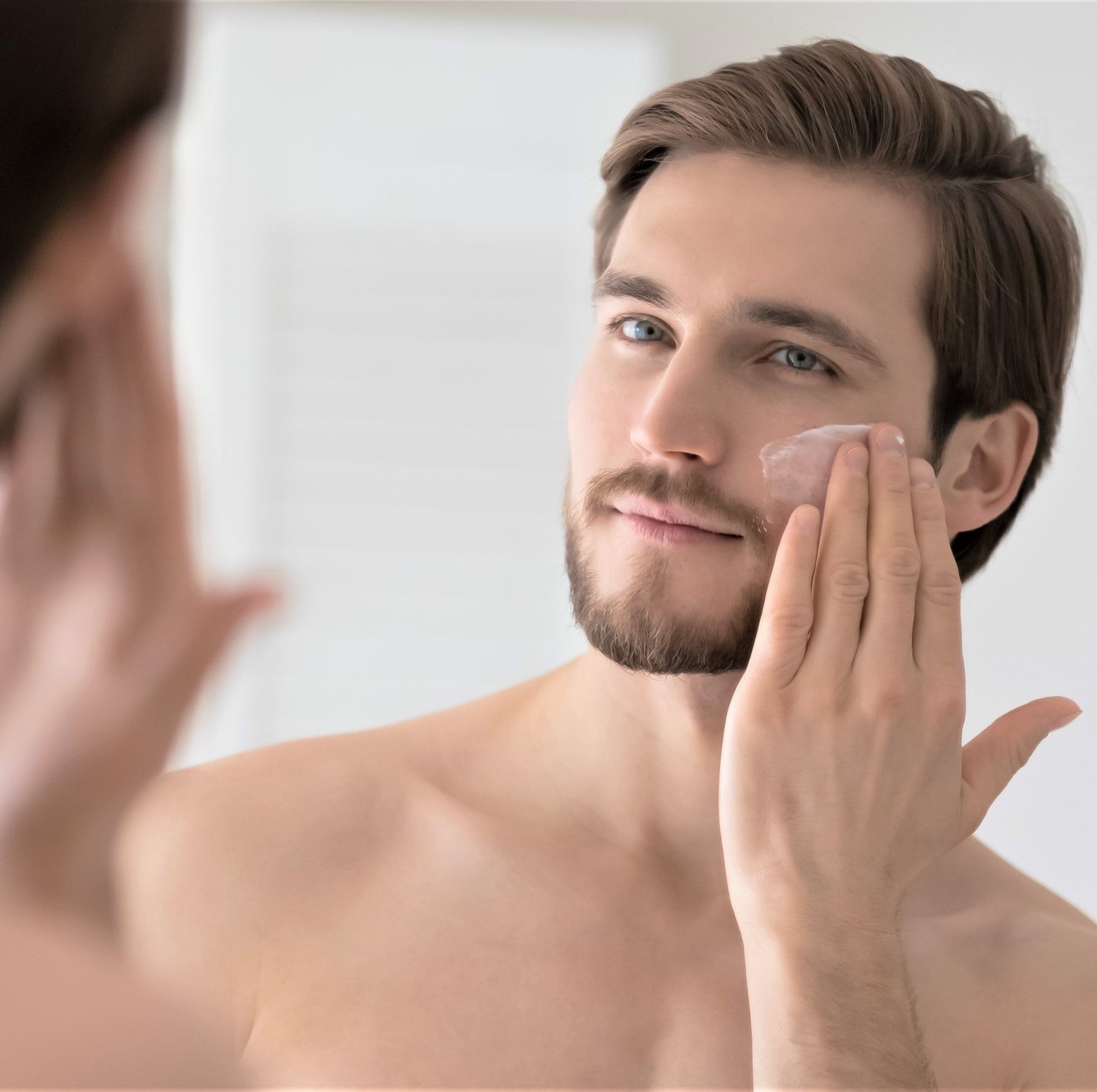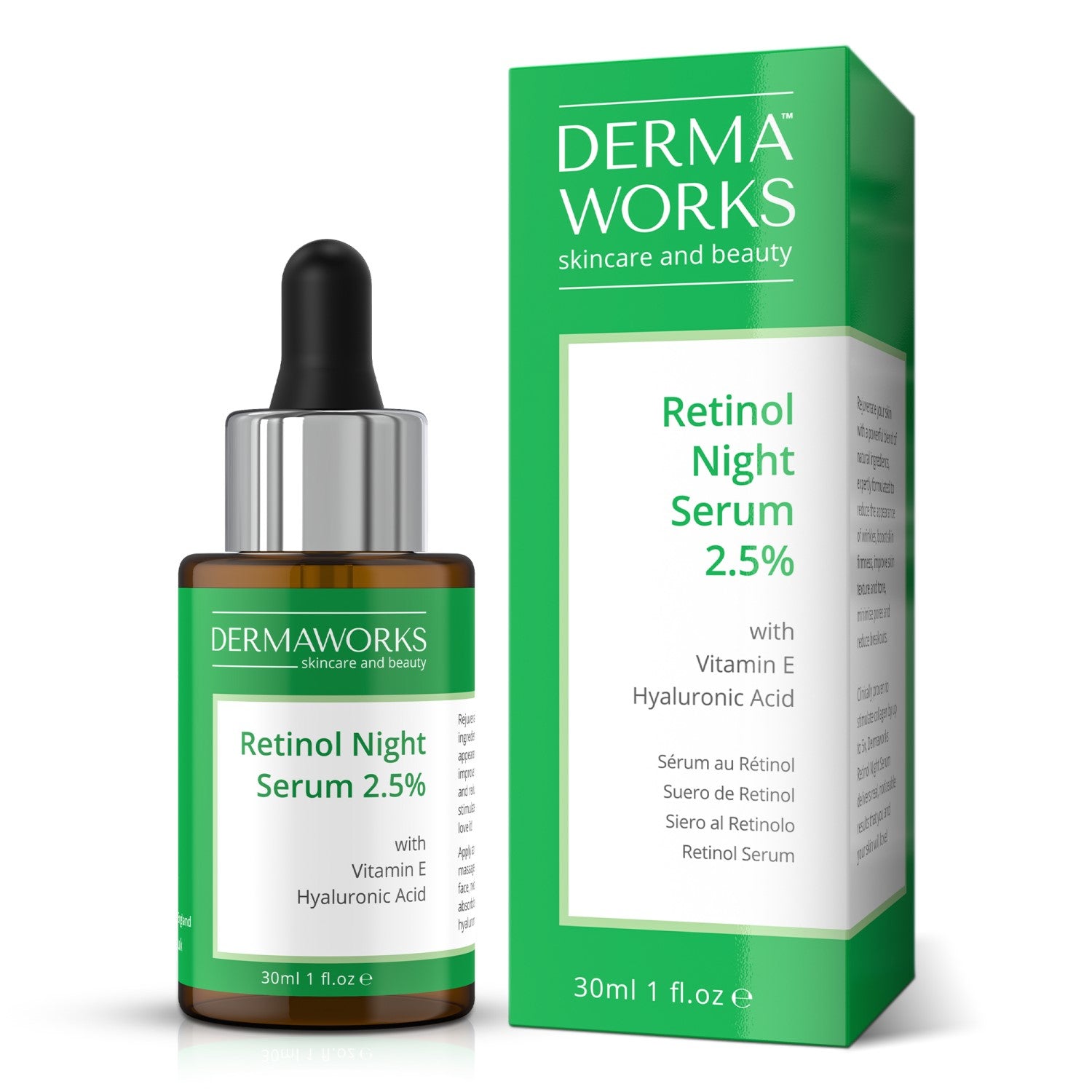Retinol is one of the most powerful skincare ingredients for improving skin texture, reducing fine lines, and boosting cell turnover. But if you’ve ever wondered how to properly layer retinol into your evening skincare routine without irritation, you’re not alone. The key lies in understanding the right order of application, what products to pair it with, and how to avoid common mistakes.
In this complete guide, we’ll walk through everything you need to know about layering retinol at night for maximum benefits and minimal side effects.
What Is Retinol and Why Use It?
Retinol, a derivative of vitamin A, is often called the “gold standard” in anti-aging skincare. It helps to:
-
Stimulate collagen production
-
Reduce fine lines and wrinkles
-
Improve uneven skin tone and texture
-
Minimize the appearance of pores
However, retinol can also cause dryness, flaking, and sensitivity if not introduced carefully. That’s why layering it correctly in your evening routine is crucial.
Step-by-Step Guide to Layering Retinol in Your Evening Routine
1. Start with a Gentle Cleanser
Always begin with a mild, non-stripping cleanser to remove dirt, oil, and makeup. Avoid harsh exfoliating cleansers on retinol nights since they can increase irritation.
2. Pat Skin Dry (and Consider the “Sandwich” Method)
After cleansing, pat your skin completely dry. Some people with sensitive skin benefit from applying a thin layer of moisturizer before retinol to act as a buffer, also known as the “retinol sandwich method.”
3. Apply Retinol
Use a pea-sized amount of retinol for your entire face. Apply evenly, avoiding the corners of the nose, lips, and under-eyes unless you’re using a formula designed for those areas.
4. Follow with a Moisturizer
Seal in hydration with a nourishing moisturiser. This step helps reduce dryness and irritation while boosting skin barrier repair overnight.
5. Optional: Add a Hydrating Serum
If your skin leans dry, you can layer a hyaluronic acid or niacinamide serum before your moisturiser for an extra boost of hydration and barrier support.
What Not to Mix with Retinol at Night
Certain ingredients can increase the risk of irritation when layered with retinol:
-
Vitamin C (best used in the morning)
-
Benzoyl Peroxide (can deactivate retinol)
-
Strong Acids (AHA/BHA/Exfoliants)
Instead, pair retinol with hydrating, calming ingredients like ceramides, peptides, and hyaluronic acid.
How Often Should You Use Retinol?
-
Beginners: Start 1–2 times per week
-
Intermediate: Build up to every other night
-
Advanced: Daily use (if tolerated)
Always listen to your skin—scaling back if you notice redness, stinging, or peeling.
Pro Tips for Success
-
Always wear sunscreen during the day—retinol makes your skin more sensitive to UV rays.
-
Introduce retinol slowly to build tolerance.
-
Consider alternating nights with other treatments like exfoliating acids.
-
Store your retinol in a cool, dark place to preserve potency.
Final Thoughts
Layering retinol correctly in your evening skincare routine can transform your skin over time. With the right approach—gentle cleansing, careful application, and barrier-supporting moisturisers—you’ll enjoy smoother, firmer, and more radiant skin without the common side effects.
If you’re new to retinol, patience is key. Start slow, be consistent, and always protect your skin with daily SPF.









